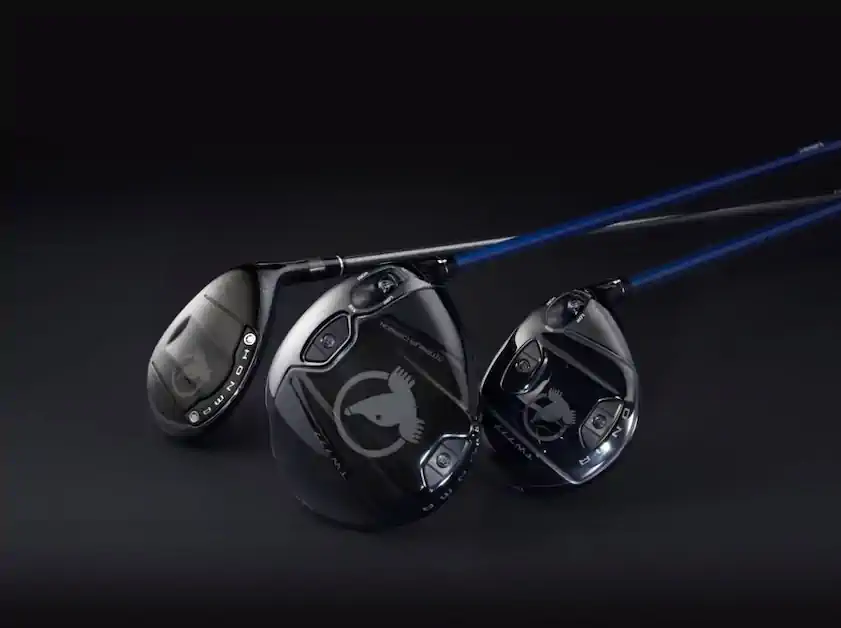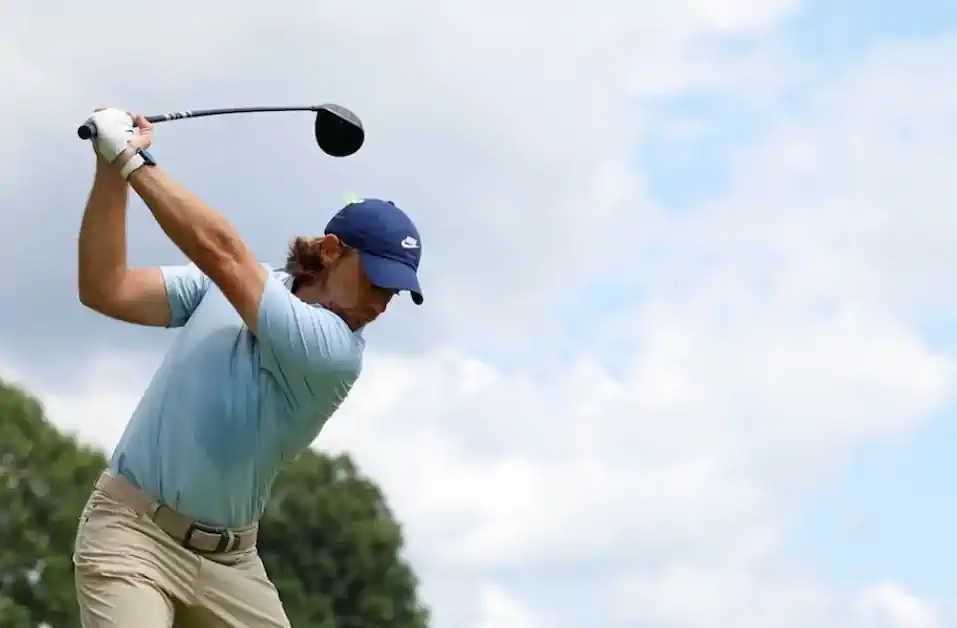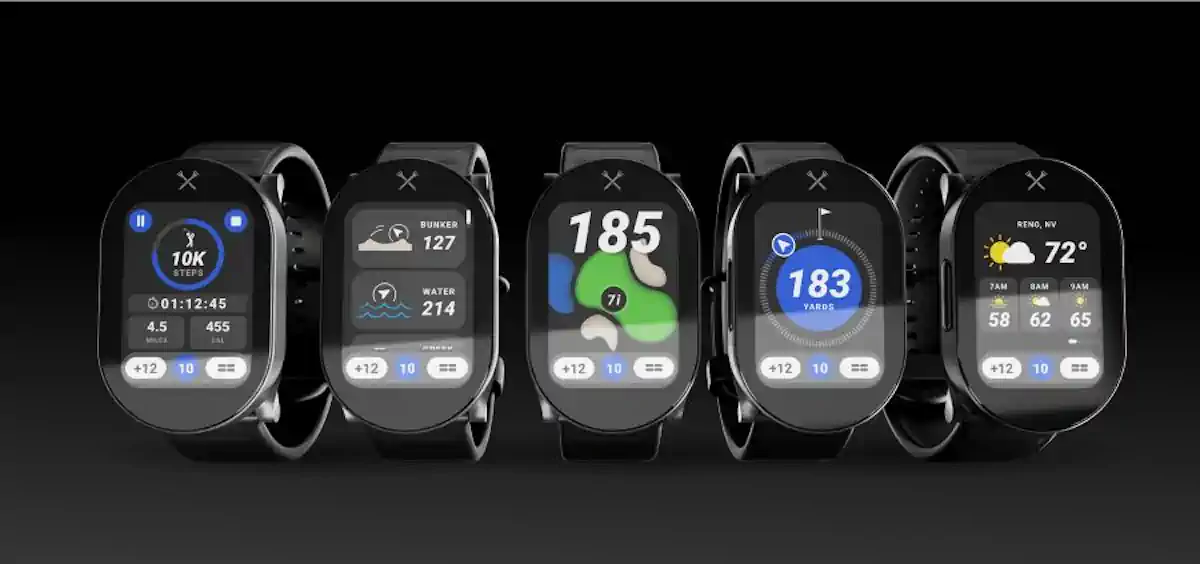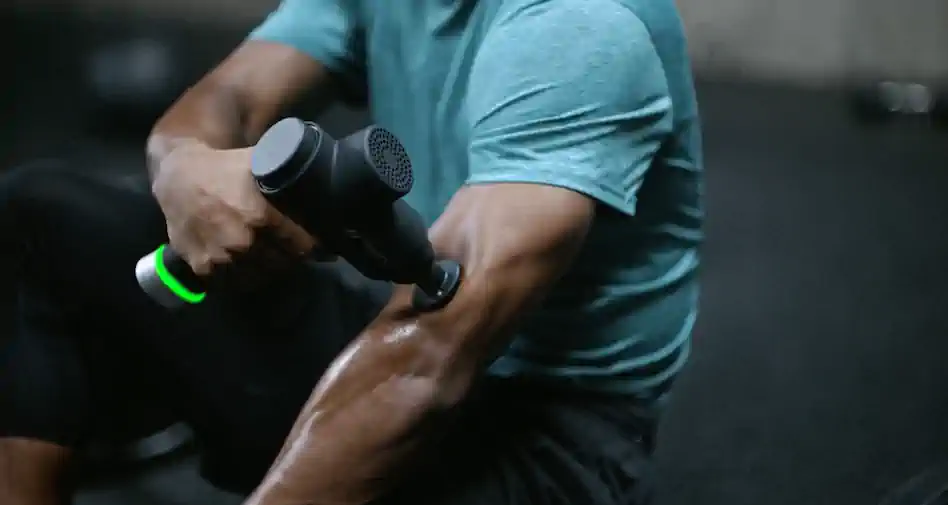If you’ve ever watched a professional golfer launch a high, right-to-left draw that rolls forever down the fairway, you’ve likely wondered: How do they do that?
Good news—you don’t need a pro’s swing speed or flexibility to hit a draw with your driver. You just need the right mechanics, a consistent setup, and a few smart swing adjustments.
In this guide, we’ll break down three key tips that can help you hit a draw with your driver more consistently, even if you’re an older golfer working with a slower swing speed. We’ll also show you how amateur-friendly equipment and properly guided instruction can make the draw not only easier to achieve, but also help you lock it in for good.
Tip #1: Nail Your Setup for a Draw-Friendly Swing Path
The first step to hitting a draw with your driver is creating the right path: in-to-out. That means your club should travel slightly from inside the target line on the way down and through impact.
To make this easier, adjust your setup:
- Slightly close your stance: Align your feet, hips, and shoulders a few degrees to the right of your target (for a right-handed golfer, aim slightly to the left for lefties).
- Keep your club aimed straight down the target line. If you also close your club face, you are just aiming away from the target.
- Bump your lead hip forward: This positions your lead hip directly over your lead foot, allowing your upper body to tilt slightly away from the target.
- Use a 60/40 weight distribution: Keep 60% of your weight on your lead foot and 40% on the trail foot.
- Raise your lead arm just slightly above your trail arm. This subtle shift helps promote that inside path you’re aiming for.
These adjustments work together to set you up for success before you even begin the swing.
Tip #2: Lengthen Your Backswing with a Trail Leg Release
One of the most common issues older golfers face is a restricted backswing, which limits both power and the ability to swing from the inside.
To help with this:
- Allow your trail leg to release slightly at the top of the backswing. If your trail knee is bent 30% at address, feel it soften to 15% at the top.
- This gentle release helps your hips and shoulders rotate more freely, allowing for a longer swing arc and improved in-to-out motion.
The result? A smoother transition and more room to bring the club down from the inside
Tip #3: Use the “Arnie Finish” to Square the Face
Now that you’ve built a better backswing and created an in-to-out path, the final step to hit a draw with your driver is to square the clubface at impact.
Here’s a great visual: the Arnold Palmer high-handle finish.
- At the end of your swing, finish with your hands high and allow the clubface to rotate over naturally.
- Imagine the toe of the club closing over the heel—this rotation helps square the face and produce that beautiful right-to-left ball flight.
If you’ve struggled with slicing your driver, this finish is a game-changer. It encourages proper rotation without forcing the hands or trying to “flip” the club at impact.
Drill: Right Knee to Right Field
Here’s a simple driver drill you can practice anywhere:
- Set up as usual with your driver.
- Drag the club head from the ground near your right knee (for right-handers) through to a high finish, pointing it toward “right field.”
- Focus on three elements during the motion:
- The club swings from in to out
- The handle rises through impact
- The clubface rotates closed
Do three slow-motion reps, then hit a shot. This trains your body to repeat the proper draw motion with rhythm and confidence.
How to Hit a Draw with Your Driver if You’re an Older Golfer
If you’re an experienced golfer in your 50s, 60s, or beyond, the mechanics above still apply—but there are a few extra keys that can make it even easier.
Older players often lose:
- Launch height
- Clubhead speed
- Ability to square the face consistently
The Maxvert 2 Driver was explicitly built to address those challenges.
“One of the big things I see with older players is they lose launch and can’t get the ball in the air,” says Todd Kolb, a 4x Golf Digest Best in State Instructor and Best Selling Author of The Bad Lie. “The Maxvert 2’s shaft and clubface do the work for you—it’s like giving your swing a boost without changing your tempo.”
Key features that help older golfers hit a draw:
- Adaptive Flex Shaft that matches your tempo and maximizes energy transfer
- Perimeter Payload weighting that helps correct slices without forcing swing changes
- Auto-Square Alignment for easier aim and better face control
The Maxvert 2 is more than just forgiving—it’s designed for your swing, not a pro’s.
Draw Swing Checklist
Before your next round, run through this simple draw checklist:
- Slightly closed stance
- Hip bump forward, upper body tilts back
- 60/40 weight split (lead/trail)
- Lead arm slightly higher at address
- Let your trail leg release on the backswing
- Finish with hands high and the clubface rotated over
- Practice the Right Knee to Right Field drill
A consistent draw isn’t just a pro-level shot—it’s absolutely achievable with the right technique, practice, and equipment.
If you would like to hit a draw with your driver, try the tips above, and if you’re ready to make real progress with your swing, check out the Maxvert 2 Driver or learn more about our VLS Coaching Program.














